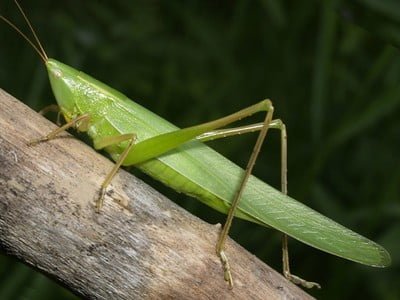Insect of God (Grasshoppers)
Grasshoppers(Nsenene)
In the bustling symphony of nature, where every creature plays a unique role, grasshoppers emerge as the agile musicians that capture our attention with their mesmerizing chirps and astonishing acrobatics. These remarkable insects have fascinated and intrigued humans for centuries, both through their physical attributes and their crucial ecological significance. In this blog, we dive into the captivating world of grasshoppers, exploring their characteristics, behavior, and the vital role they play in maintaining the delicate balance of our ecosystems.
A Symphony of Adaptations
They have powerful back legs that enable them to jump up to 20 times their body length, making them adept at living in grassy habitats and evading predators.
The Ecological Implications
They both eat plants and serve as prey, helping to control plant populations and feeding a range of predators. They can also be agricultural pests, making it important to balance their impact on plant life for a healthy ecosystem.
Nsenene in Uganda
In Uganda, a fascinating and culturally significant aspect of cuisine emerges during the rainy months. Specifically, during March to May and October to November, the people of Uganda delight in consuming an abundance of grasshoppers. This practice is both an important tradition and a practical way of sourcing protein-rich foods during certain times of the year. Locals of all ages and backgrounds eagerly anticipate the arrival of the rainy season and the exquisite taste of this unique culinary treat. With its rich history and societal significance, the consumption of grasshoppers embodies the connection between nature, food, and community in Uganda. So, if you have the chance to try this local delicacy, consider it a chance to connect with the rich cultural heritage of this beautiful country.

Ugandans love to eat grasshoppers. It is a popular food in the country, especially among the Baganda people. They like to eat it boiled or deep-fried, and enjoy the taste a lot. This tradition started in the Masaka region of Uganda, and now other areas also do it.
They are caught by young men at night when it rains. They use bright lights to attract the grasshoppers, and then catch them in barrels. The most popular time to catch grasshoppers is during the full moon, after it has rained.
After they catch the grasshoppers, people sell them at markets all over Uganda. Some people are very good at catching grasshoppers and are well known for it..



